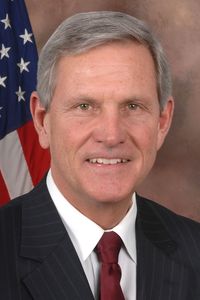Oliverio Girondo, a celebrated Argentine poet, emerged onto the literary scene on August 17, 1891, in the vibrant city of Buenos Aires, where he was born into a family of considerable means. This fortunate circumstance allowed him to embark on a series of educational journeys to Europe at a relatively young age, where he had the opportunity to hone his studies in the esteemed institutions of Paris and England. Throughout his illustrious literary career, Girondo's work is most prominently characterized by his association with the influential magazines Proa, Prisma, and Martín Fierro, which played a pivotal role in introducing the avant-garde movement of ultraism to the Argentine literary landscape.
Noted Argentine poet, Girondo, embarked on a poetic journey that diverged from the conventional path of extolling nature's beauty, opting instead to infuse his work with a kaleidoscope of colors and a dash of irony. His early poetry was marked by a vibrant, urban sensibility, which he employed to both laud and critique the societal norms of his time. As a contemporary of influential Argentine literary figures, including the renowned Jorge Luis Borges, Raúl González Tuñón, the enigmatic Macedonio Fernández, and the talented Norah Lange, Girondo's artistic trajectory was undoubtedly shaped by his association with these literary luminaries. In 1943, Girondo's personal life took a significant turn as he married the captivating Norah Lange, a union that would likely have had a profound impact on his creative output.
As a prominent figure in the Argentine literary scene, Girondo's affiliation with the vanguardia movement led to his entanglement in the storied rivalry between the Florida group and the influential Grupo Boedo.
In his capacity as a key figure in the ultraist movement, Girondo's creative output and intellectual pursuits had a profound impact on the next generation of poets, including the esteemed Enrique Molina.
Notable poets of Girondo's era, such as Pablo Neruda and Federico García Lorca, formed lasting bonds of camaraderie with him in the year 1934. This pivotal moment in time coincided with the period when both poets were residing in Buenos Aires, the capital city of Argentina, where they would undoubtedly have been exposed to a rich cultural landscape. As the years went by, Girondo's creative pursuits began to expand beyond the realm of poetry, and he started to experiment with painting in the style of surrealism. Despite his foray into this new medium, it's worth noting that he never published or sold any of his artworks, suggesting that his primary focus remained on his literary endeavors.
Beyond the remarkable literary achievements of this distinguished individual, his lasting impact on society extends to a physical location of great significance, namely La Recoleta Cemetery in Buenos Aires, where his final resting place serves as a testament to his enduring legacy.
Moreover, his life and work have been immortalized in a 1992 independent film, "The Dark Side of the Heart", masterfully directed by Eliseo Subiela. This cinematic masterpiece tells the poignant story of a poet's ardent quest to find love, a pursuit that is persistently thwarted by the relentless interventions of Death itself.















